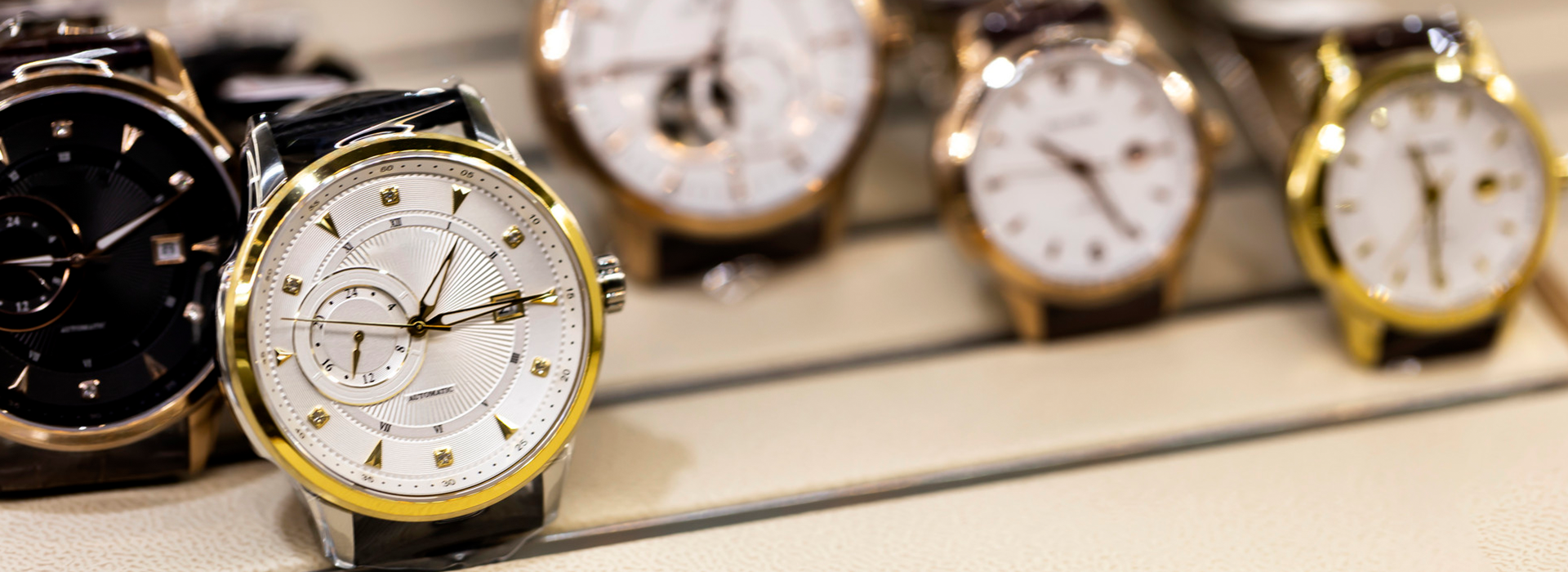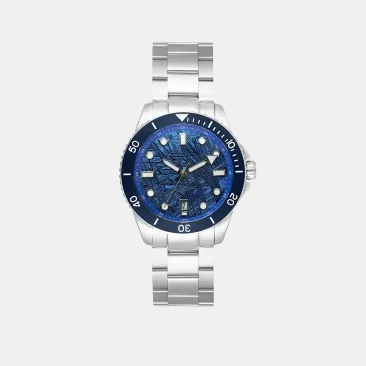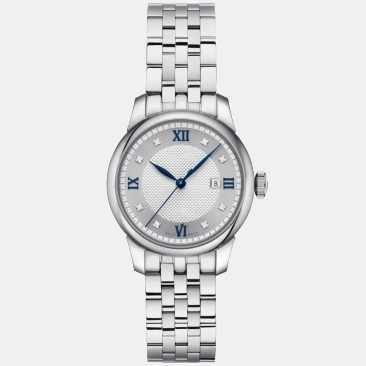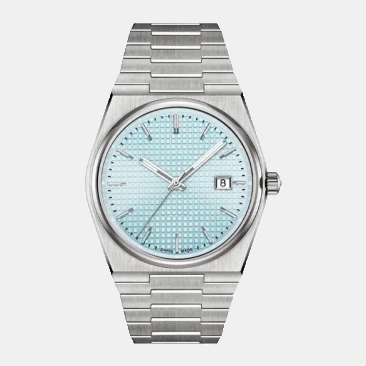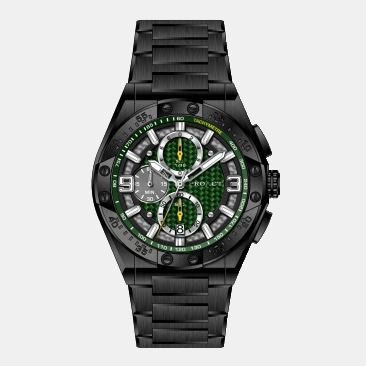Essential Knowledge About Watches: A Guide for Enthusiasts
Time:
2025-11-03 14:45
Source:
Watches are more than just timekeeping devices—they are symbols of style, craftsmanship, and personal taste. Whether you’re a seasoned collector or a newcomer looking to find your perfect timepiece, understanding the key components and features of a watch is essential. This guide breaks down the critical aspects of watches to help you make informed decisions, whether you’re shopping for daily wear or a special occasion.
1. Core Components of a Watch
Every watch, regardless of style or price, is built with fundamental parts that work together to keep time and enhance usability. Here are the most important ones:
- Dial (Face)
The dial is the visible front of the watch that displays the time. It can feature various designs—from minimalist (with only hour and minute markers) to complex (with sub-dials for additional functions like chronographs). Common dial materials include metal, enamel, and sapphire-coated glass, each offering durability and aesthetic appeal. Markers (e.g., Roman numerals, stick indices, or luminescent dots) help read time in low light, with luminescent materials like Super-LumiNova being a popular choice for practicality.
- Hands
Hour, minute, and second hands are the moving parts on the dial that indicate time. They are often made of lightweight metals (e.g., steel or brass) and may be coated with luminescent material for visibility. Some watches add specialized hands, such as a chronograph’s stopwatch hands or a GMT watch’s second time zone hand.
- Crystal
The crystal is the transparent cover that protects the dial and hands from scratches and dust. There are three main types:
- Mineral Glass: Affordable and scratch-resistant, ideal for entry-level watches.
- Sapphire Crystal: The hardest and most scratch-resistant option (second only to diamond), commonly used in mid-to-high-end watches. Many sapphire crystals also have an anti-reflective coating to reduce glare.
- Acrylic (Plastic): Lightweight and shatterproof but prone to scratches, often found in vintage or casual watches.
- Case
The case houses the watch’s internal mechanism (movement) and protects it from damage. It comes in shapes like round, square, rectangular, or tonneau, and materials vary based on purpose:
- Stainless Steel: Durable, corrosion-resistant, and versatile—perfect for everyday wear.
- Titanium: Lightweight, hypoallergenic, and strong, a great choice for sports or outdoor watches.
- Ceramic: Scratch-resistant and fade-proof, often used in luxury or sporty models.
- Precious Metals (Gold, Platinum): Associated with luxury, offering elegance for formal occasions.
- Crown
The small knob on the side of the case is the crown. It is used to set the time, date (if the watch has a date function), and wind mechanical watches. Some crowns are “screw-down” (waterproof) for sports watches, creating a tight seal to prevent water intrusion.
2. Watch Movements: The "Heart" of the Timepiece
The movement is the internal mechanism that powers the watch and keeps time. It is the most critical factor in a watch’s accuracy, maintenance needs, and cost. There are three primary types:
- Mechanical Movement
Mechanical movements are the oldest and most revered type, relying on a series of gears, springs, and levers (no batteries). They must be wound manually (via the crown) to store energy in a mainspring, which then releases energy to power the watch. Mechanical movements are prized for their craftsmanship—many are hand-assembled and decorated (e.g., skeletonized dials to showcase the movement). However, they are less accurate than quartz movements (typically ±5-10 seconds per day) and require regular servicing (every 3-5 years).
- Automatic (Self-Winding) Movement
A subset of mechanical movements, automatic movements use the wearer’s wrist motion to wind the mainspring. A weighted rotor inside the case spins with arm movement, transferring energy to the spring. This means you don’t need to wind the watch manually (as long as you wear it regularly—if not, it will stop after 36-72 hours). Automatic movements combine the charm of mechanical craftsmanship with convenience, making them popular among watch enthusiasts.
- Quartz Movement
Quartz movements are powered by a battery and use a tiny quartz crystal to regulate time. When an electric current from the battery passes through the crystal, it vibrates at a precise frequency (32,768 Hz), which is converted into regular movement of the watch hands. Quartz watches are highly accurate (±10-20 seconds per month), affordable, and low-maintenance (batteries last 1-3 years). They are ideal for everyday use and casual styles.
3. Key Features to Consider
Beyond core components, watches offer additional features to suit different lifestyles:
- Water Resistance
Water resistance is measured in meters (m) or atmospheres (atm, 1 atm ≈ 10 m). It’s important to understand what each rating means (not how deep you can dive):
- 30m/3atm: Splash-resistant (e.g., washing hands, rain) – not for swimming.
- 50m/5atm: Suitable for swimming in calm water.
- 100m/10atm: Ideal for snorkeling or casual water sports.
- 200m+/20atm: Designed for diving (look for “dive watch” certification, e.g., ISO 6425).
- Date/Calendar Functions
Most watches include a date window (usually at the 3 o’clock position) that displays the day of the month. Some add a “day-date” function (showing both day and date) or a full calendar (displaying month, date, and year).
- Chronograph
A chronograph is a stopwatch function built into the watch. It uses additional sub-dials and pushers (on the case side) to start, stop, and reset the timer. Chronographs are popular for sports, aviation, or anyone who needs to track elapsed time.
- GMT (Dual Time Zone)
GMT watches have a second hour hand that tracks a different time zone, making them perfect for frequent travelers or those who need to stay connected to another region.
4. How to Choose the Right Watch
With so many options, here’s how to narrow down your choice:
- Purpose: For daily wear, opt for a durable, versatile watch (e.g., stainless steel case, quartz movement). For sports, choose a water-resistant model with a rubber or silicone strap. For formal events, a slim leather-strap watch or precious metal timepiece works best.
- Fit: The watch case should match your wrist size—case diameter (38-42mm for most men, 28-34mm for most women) and thickness (slimmer for dress watches, thicker for sports models) should feel comfortable and proportional.
Final Thoughts
A watch is an investment in both function and style. By understanding its components, movement, and features, you can select a timepiece that aligns with your lifestyle and lasts for years. Whether you prefer the heritage of a mechanical watch or the practicality of a quartz model, the right watch will not only keep you on time but also reflect your unique personality.
At Proact Watch, we combine precision engineering with modern design to create watches that meet the needs of every enthusiast. Explore our collection to find your next essential timepiece.
Previous page
About Proact Watch
LATEST NEWS & BLOGS

